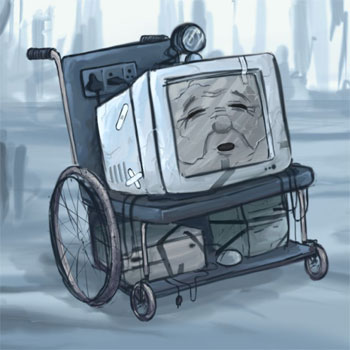As animation is time-consuming and requires immense efforts, it is uneconomic to edit out motions later. The behaviour of an object and the effect of weight seen on the screen relies exclusively on the spacing between the drawings and not the drawing itself. Therefore, the director is required to perfectly plan and time the animation and not depend on the quality of the drawings in their static sense. For good'readability’ of animation, there should be enough time for preparing the audience for an action rather than the time of the action itself. When creating moods like frantic chase or melodious romance, one needs to remember that all the timing calculations must be based on a constant frame rate. One can draw a circle; the audience will understand whether it is a cannon ball or a soap bubble only when the timing for its animation says so. In animation, a movement is a set of drawings that have neither weight nor any forces acting on them; hence, it necessitates the backing of Newton’s Laws of Motion. An animation’s success is defined by how well the animator answers the fundamental question: What will happen to this object when a force acts upon it? Cartoons as a medium exist by means of caricature, where proportions and motions are exaggerated. Therefore, a cartoon character is not expected to behave exactly like a human.


